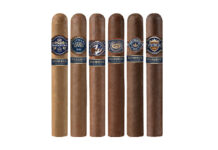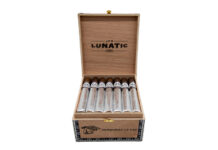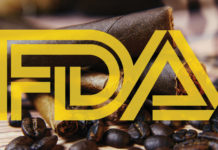You have led campaigns for several well-known brands, some in the tobacco industry and some that are not. When promoting a brand or product, what’s key in creating a compelling, effective campaign?
There is a misconception out there that brand campaigns are all about developing ads and communications that are catchy and entertaining. While it is important to have elements about a brand campaign that break through the clutter and have that “sticky” factor, it is critical that the communication strategy be based on a well-defined brand identity and positioning. It should be relevant and compelling to your audience, as well as ownable to your brand, so take the time to do your homework.
A basic rule of thumb is that if you can easily and believably replace your brand name with a competitor’s [in] your ad, then you’re not really giving anyone a great reason to consider your brand over another. Clearly define what makes your brand unique in a way that adds real value, and then use this as the basis for the development of an effective and consistent brand campaign. This is a good foundation to effectively establish and build your brand and unique positioning in the marketplace over time.
How do you measure the success or effectiveness of a campaign?
There are usually multiple objectives tied to a campaign, including increasing sales revenue and/or building brand equity. The easiest of the two to measure is sales performance, although it can be tricky to gauge the effectiveness of a specific campaign unless you have an associated direct call-to-action that can be measured, whether it be to click on a link, visit a specific URL, text a specific code or something along those lines.
We generally measure the relative interaction levels that consumers have with our campaigns and then try to correlate those results with retail sales figures during a given promotional period. We work closely with our strategic trade partners to understand potential correlations and share learnings that can be leveraged to increase future sales. These results won’t tell the whole story, but it at least provides directional insight that helps inform future campaign plans.
The more difficult variable to measure is brand equity or affinity—the way consumers are feeling about your brand that influences purchase. This is the softer side and requires mostly active listening in the marketplace to see/hear how cigar smokers are feeling about our brands, which can directly influence sales performance down the road.
– Interview and photos by Ben Stimpson
This story first appeared in the November/December 2017 issue of Tobacco Business magazine. Members of the tobacco industry are eligible for a complimentary subscription to our magazine. Click here for details.







